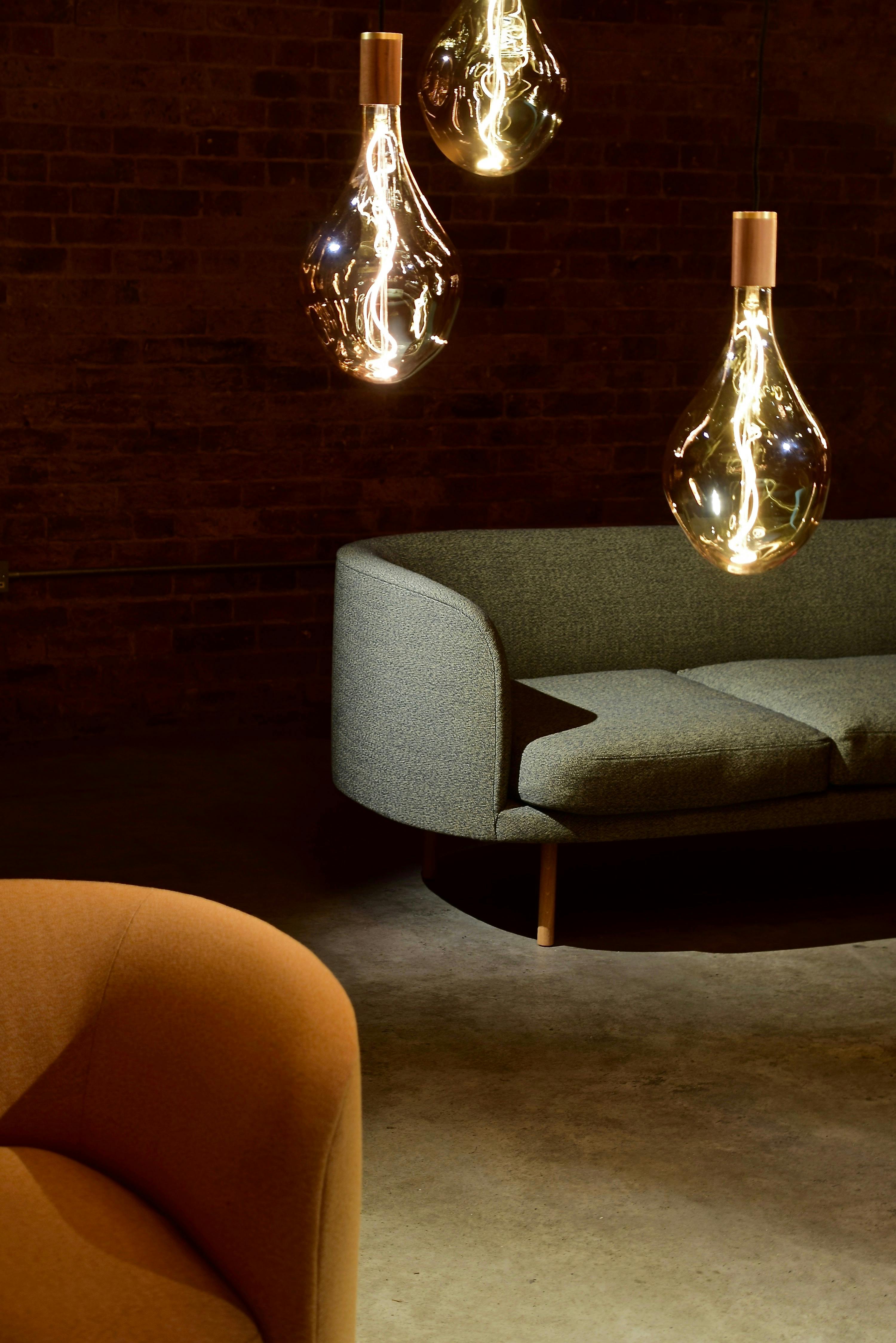When it comes to lighting a room, having the proper number of light fixtures to achieve the desired brightness level while also being energy efficient is critical. Using a combination of lux, area, and lumens per fixture is a simple way to calculate the number of lights needed. This article will go over this method in depth and show you how to use it to get the ideal lighting for any room.
 |
| Photo by iSAW Company from Pexels |
Definition of Terms
Let's start by defining some terms. The unit of measurement for the amount of light that falls on a surface is the lux. You can use lux to assess the amount of light in a room. One lux is the amount of light produced by a single candle over a one-square-meter area.
To determine the floor area of a room, multiply its width by its length. A room with dimensions of 4 by 6 meters has a floor area of 24 square meters.
Lumens are units of measurement for the amount of light produced by a single light fixture. The lumens per fixture will vary depending on the type of fixture. An incandescent bulb, produces about 14 lumens per watt, whereas an LED light fixture has anywhere from 75 to 110 lumens per watt.
Formula
Now that we have a basic understanding of these terms, let's look at how to use the following formula to calculate the number of light fixtures required for a room:
(Desired lux x Area of the room) / Lumens per fixture = Number of fixtures
For example, if we want 300 lux in a living room with a 24 square meter area, we would use a fixture with 1000 lumens per fixture:
(300 x 24) / 1000 = 7.2
So, with 1000 lumens per fixture, we'd need 8 fixtures to achieve 300 lux in a 24 square meter living room.
It is important to note that this method is only a rough estimate. Room layout, windows, and ceiling height should all be taken into account. Furthermore, different types of fixtures may necessitate varying spacing and placement for optimal lighting. As a result, it's always a good idea to consult with a lighting professional to achieve the desired lighting level, light fixture spacing, and placement.




I love the way you divide the stages of calculating the correct lighting required in a room into comprehensible stages. I especially like the way in which you made the explanation of lumens versus watts easy to follow, something most people would not do. Lighting indeed, not only transforms space, but also mood and the work efficiency. I am only a person that keeps flitting about research as part of my sociology dissertation help course and I have come to realise how natural light would enhance concentration in the event of a long study session.
ReplyDelete